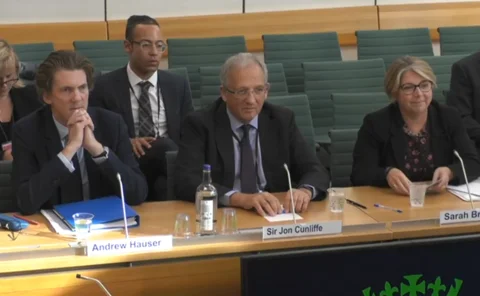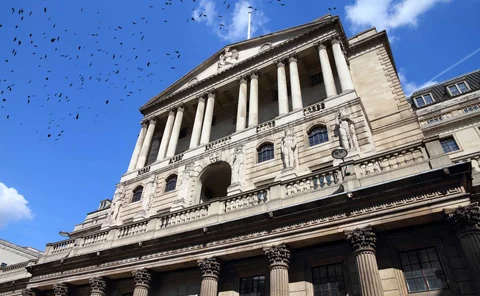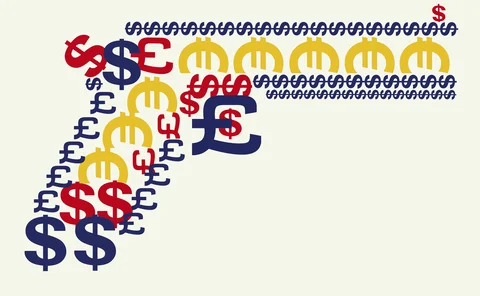Liquidity
Non-banks in focus as G20 leaders meet in Bali
FSB calls for action on liquidity mismatches and “hidden leverage”
Chinese regulators throw lifeline to struggling developers
Hong Kong-listed mainland property stocks surge as banks told to offer loan extensions
Vietnamese governor tries to calm fears over banks
Nguyen Thi Hong says banks face liquidity bottlenecks and falling currency is causing pressure
Liquidity dependence may hamper QE exit
Expanding reserves may prove perilous for financial stability, with maximum danger during QT, writes Viral Acharya
SNB withdraws record sum from Fed’s swap line
Swiss central bank taps $11 billion but reasons for its operations are unclear
Podcast: the effect of monetary policy on reserve management
Global rise in inflation is having an impact on central banks' reserve strategies
Major bond markets ‘more prone to liquidity imbalances’, says FSB
More use of debt in investment strategies has combined with reduced dealer capacity, report finds
‘Shouting on the phone’: BoE officials shed light on gilt market intervention
Crisis sparked by UK government’s plans needed unprecedented action, officials tell parliament
DNB advises pension funds to boost liquidity – report
Following UK crisis, Dutch central bank asks funds to monitor stress signals and review liquidity rules
US and European policy-makers feel ‘vindicated’ over aggressive hikes
QT may deserve a slower approach than traditional policy, says Jacob Frenkel
BoE ends bond purchases as government rolls back tax cuts
Gilt market rebounds as government axes most of its controversial ‘mini-budget’
African governors face multiple financial ‘floods’
Kenyan governor says a “doubling, tripling” of access to IMF resources is needed
PBoC rolls over 500bn yuan policy loans to maintain liquidity
Central bank keeps the rate on the medium-term loans unchanged at 2.75%
Some CCPs struggle in BoE stress test
First central counterparty stress test finds firms come close to depleting their buffers in baseline scenario
BoE’s Pill says government must ‘respect’ independence
Government and central bank have clashed over causes of UK’s gilt market turmoil
BoE sticks to bond-buying deadline amid strains on UK non-banks
Bailey restates cut-off date for asset purchases despite spike in margin calls and redemptions
BoE widens asset purchases as ‘dysfunction’ threatens again
Surge in gilt yields comes in final week of BoE’s “temporary” intervention
BoE prepares more market support as cliff edge looms
Central bank creates temporary repo facility with wider range of eligible collateral
PBoC injects $15 billion into policy banks
This is the first time the PBoC has used the lending tool in more than two years
Vietnam’s central bank reassures depositors amid bank run
Arrest of a prominent businesswoman triggers a run on a major Vietnamese bank
Bernanke, Diamond and Dybvig win Nobel Prize
Economics prize goes to authors of widely cited work on financial crises
Gilt market shock ‘far exceeded’ historical price moves – BoE’s Cunliffe
“It might not be reasonable” to expect funds to insure against all extreme outcomes, deputy says
Ukraine: the challenges for central banks
Rules on the weaponisation of money would help to protect a ‘public good’ amid geopolitical splits in a testing environment for central banks, write Gavin Bingham, Paul Fisher and Andrew Large
BoE emergency bond purchases drop to zero
Central bank had offered to buy £5 billion per day, but actual purchases have been much smaller






















